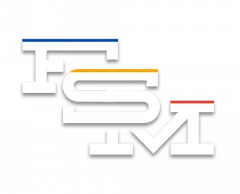iPhone owners are excited to get their hands on the augmented reality applications that we wrote about last week, such as the one for finding nearby subways or for tracking down Twitter neighbors.
But Apple is telling developers that it won’t make them publicly available on the App Store until September.
Augmented reality is a mesmerizing software breed that overlays useful info onto a real-world view using the iPhone’s camera. Because it relies heavily on the compass — in addition to other smart-phone features such as the GPS and Internet connection — only users of the new iPhone 3GS will be able to install them.
As reader Anthony Hocken pointed out in the comments on our last post, developers are tapping into an unauthorized tool, called the “camera viewer,” in order to unlock some of the functions needed to make these work.
Apple told Acrossair, developer of the Nearest Tube train finder, that the app will be approved for distribution after Apple releases version 3.1 of the iPhone software, which the developer expects will land in early September.
“We have the app working on 3.0 already,” wrote Acrossair Director Chetan Damani in an e-mail. “On 3.1, we have a few extra bits that allow us to show full-screen video.”
Meanwhile, developers are busy thinking up all kinds of wild uses for the technology.
The coolest we’ve seen recently is a concept video for something called Augmented ID (video at the top). The hypothetical software uses facial recognition to identify people and then display links to their social network profiles around the Web.
[via latimesblogs ]

